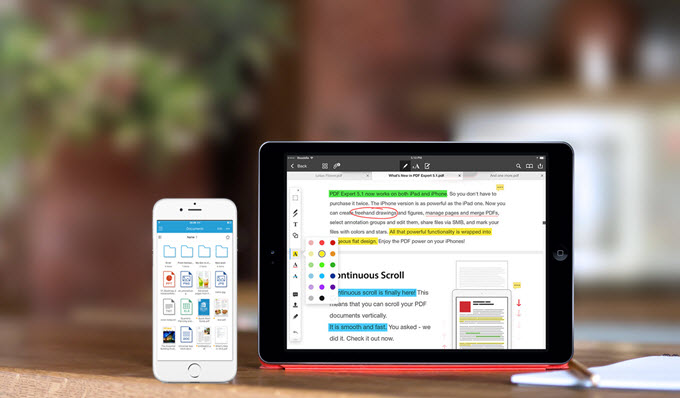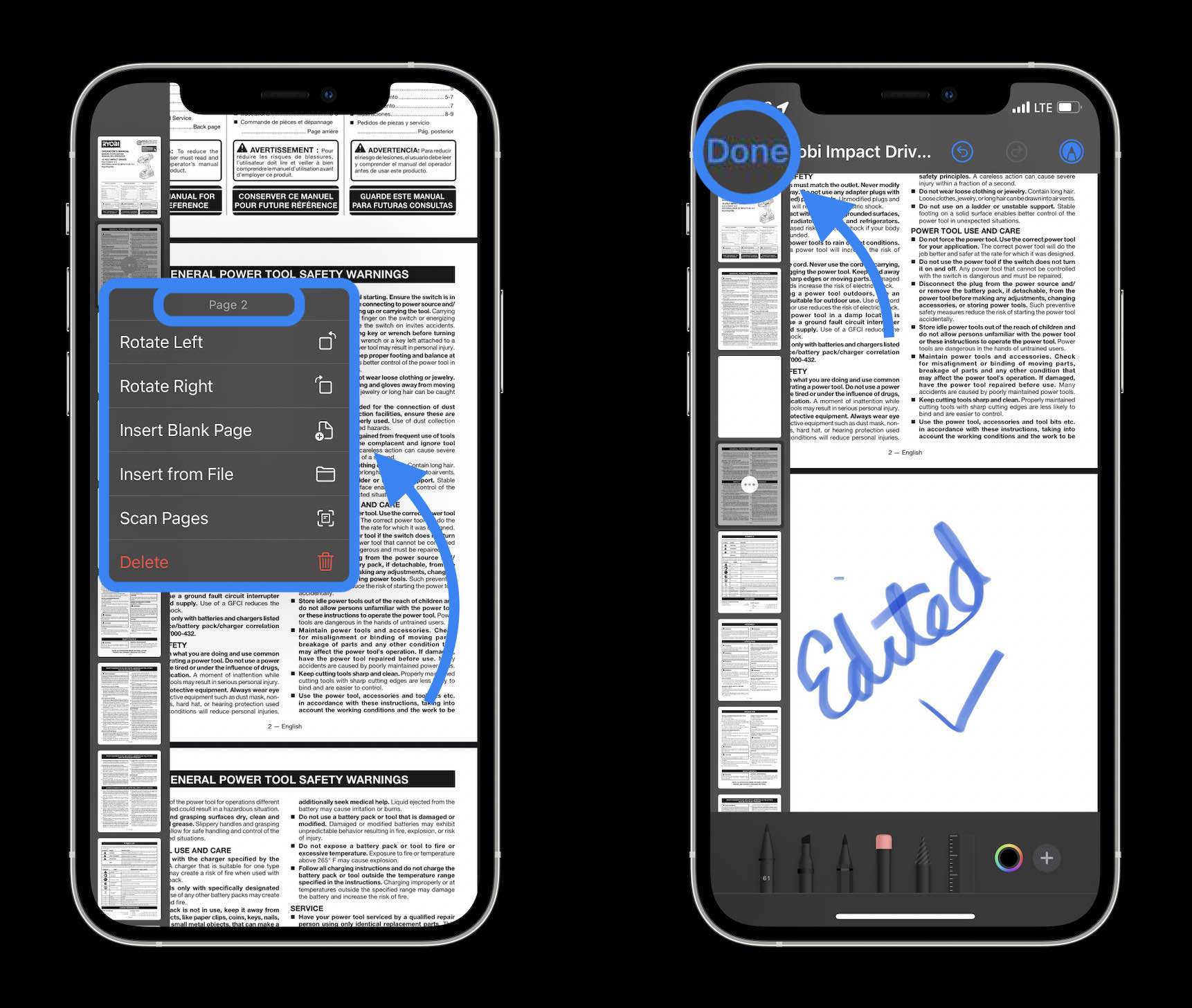

The device receiving the email will automatically get the PDF file in its proprietary format. In order to do so, simply type “ Convert” in the subject line. Thankfully, this is how you convert the files, too. The best way to send PDF files to your Kindle is by sending it as an email. No, you don’t need any third-party converter app as you might have thought, nor do you need to cough up extra money. Fortunately, this process is fairly straightforward and simple. However, in order to edit PDF files, you’re going to need to convert them to the Kindle format. If your aim is simply a reader experience, the native PDF will do the trick.

The Fire is much more than an e-reader and yet maintains that very role. There’s also an option to view files onscreen, and you can even connect the device to an external monitor or a projector. The Fire has followed in the footsteps of its peers and, like most popular models, it can work with a multitude of files and formats, whether they’re native to Kindle, or otherwise. And whilst it remains an e-reader, it has become much more than the good old Kindle.

In 2011, not even half a decade later, the Kindle Fire was released. The Amazon Kindle was gentle on the eyes, practical, and able to store a huge number of books in a single spot – its memory. Back then, e-readers were electronic devices, stripped of all redundant forms of functionality that didn’t pertain to the simple task of helping the user read their books, without carrying them around. Yes, a decade may not sound like a long time, but when you think about it, Amazon Kindle was released in 2007 and pretty much enjoyed instant popularity. No more than a decade ago, e-readers became more and more popular.


 0 kommentar(er)
0 kommentar(er)
